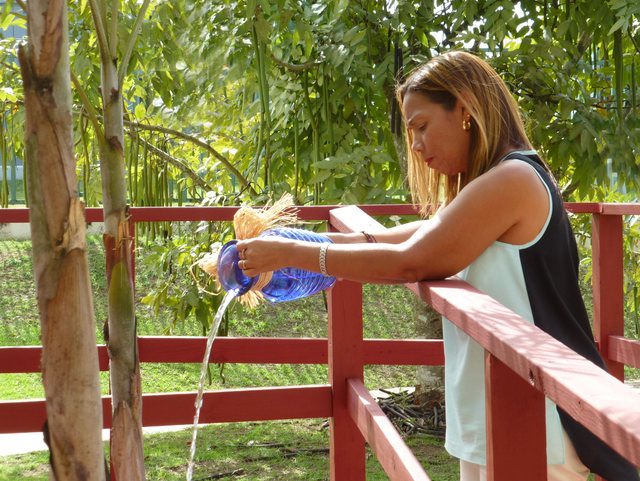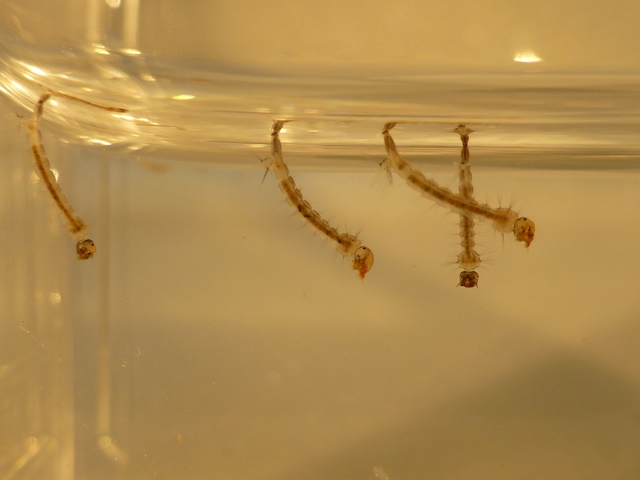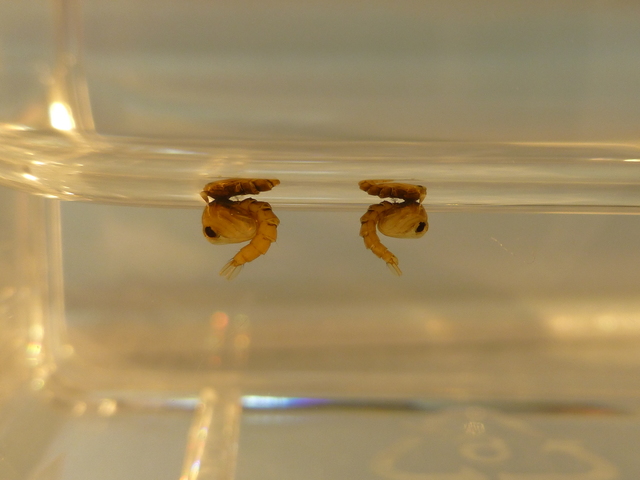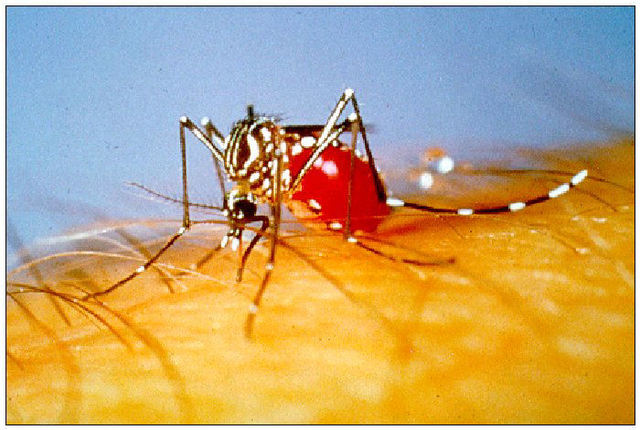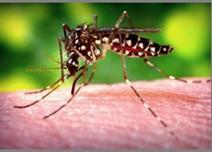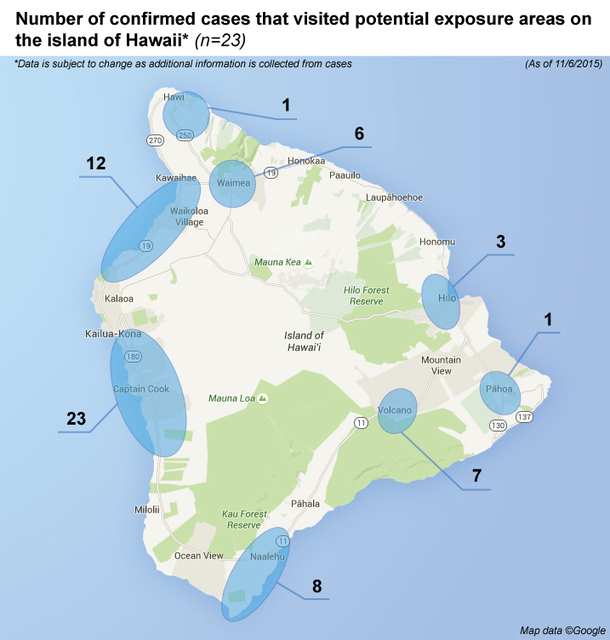State begins new anti-bite campaign
CAPTAIN COOK — Dengue fever on Hawaii Island appears to be limited to older cases, the state reports, but the number of confirmed cases continues to climb.
ADVERTISING
On Monday, that number rose to 27 from 23 on Friday as the state kicked off its new “Stop the Bite” initiative to prevent the potentially lethal disease from spreading.
The awareness campaign includes updating information on the Department of Health’s website, fliers as well as hosting a string of public meetings around the island, the first of which Monday was at Yano Memorial Hall in Captain Cook.
“We are all working together. That is absolutely critical, especially in a time like this,” said state Health Director Dr. Virginia Pressler, who was present, as was state Epidemiologist Dr. Sarah Park.
Resources are being used by the multiple agencies involved in the cooperative effort, said Mayor Billy Kenoi.
Last week, they were already having briefings on how to control the epidemic. They’ve begun work with the DOH, he said, ensuring the best use of resources. They’ve also communicated with the department of education to make sure the students are protected.
The department has expanded dengue information on its website, including how to prevent mosquito infestations, symptoms of the disease and other information. It also includes a map of where the sick people may have contracted the disease.
Park said they have been “behind the eight ball,” and the delay in communication means the initial case may have arrived in Hawaii as much as three months ago.
So far, the cases discovered have been older cases, Park said. The oldest confirmed case they have began on Sept. 15, she said. With the transmission rate and life span of a mosquito, that puts the tracking into early August, if that is the first case.
It can be difficult to track cases reliably that long ago, she added. How many people remember where they were in the first week of August, she asked. But they have managed to track down several possible areas, including Captain Cook, Naalehu, Volcano and the Waikoloa coast region.
Park said no “new” cases have been found. All those known to have contracted the disease have recovered or are recovering.
“This disease does not move by mosquitoes. It moves by humans,” she said.
One of Park’s concerns is that the disease may become endemic to the mosquitoes on the island. The species eats more often than those seen elsewhere in the state, and prefers to feed on humans, she said. These mosquitoes also like living in and near homes, she said.
The state has started a “Stop the Bite” program. Since there is no vaccine for the disease, the only way to stop its spread is to prevent bites.
That includes eliminating the water where the insects live and breed. Park said they can live in something like a pair of Croc shoes left unattended for a while, or in the cup shapes of downed palm fronds.
One concern is bromeliads and other plants that hold water on their bodies. Darryl Oliveira, county Civil Defense administrator, suggested applying a small amount of soapy water to the plants. This breaks the surface tension, making the plants inhospitable to mosquitoes.
Mosquitoes can also live in abandoned tires, oil drums or flower pots.
To stop bites on the person, the state recommends using insect repellent while outdoors, wearing long sleeves and long pants and avoiding going outdoors during the peak mosquito hours of dawn and dusk.
Oliveira said officials are trying to keep on top of the situation, sharing information and communicating with the public. Some of his staff will be undergoing abatement training with state vector control officers this week.
“Frankly, we can’t do it without the people of Hawaii,” Park said.
———————-
Upcotming public information meetings:
All are at 6 p.m.
Today at Naalehu Community Center
Thursday at Konawaena High School cafeteria
Friday at Honokaa High School cafeteria
Nov. 16 at Hilo High School cafeteria
Nov. 17 at Keaau High School cafeteria
Email Graham Milldrum at gmilldrum@westhawaiitoday.com.


